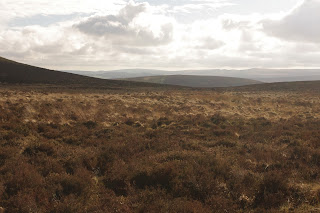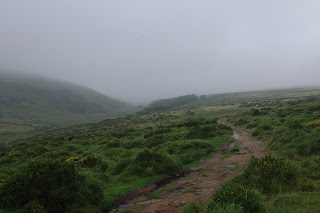Nice to see those early flowers in the garden (see last entry). However it is the arrival of the Snowdrops that really heralds the start of the year and they are just beginning to bloom.
As I've noted before my guess is that they are Galanthus 'Sam Arnott' said to be a hybrid between G. nivalis and G. plicatus. He was a Scottish cleric who spotted this tall, vigorous variety growing in his garden sometime in the late nineteenth or early twentieth century. He passed specimens on to noted horticulturalists like HJ Elwes and EA Bowles who propagated them. In the fifties and sixties they were cultivated on a larger scale and sold through mail order by the Giant Snowdrop Company which is perhaps how they arrived in this corner of South London. There must be a thousand or two in the garden; the 'Sam Arnott' is noted for multiplying vigorously.
Having said that I am no "Galanthophile" (I believe it was EA Bowles who coined that term). Collectors are alert to the minutest distinctions in leaf and flower. I should take one along to an expert and get a definitive identification.
NB Galanthus plicatus is a species native to the Crimea reportedly bought back to Britain by soldiers during the Crimean War of the 1850s. Certainly plant collectors would have headed East in search of species. Their finds created something of a craze for Snowdrops among Victorian gardeners which persists to this day.































